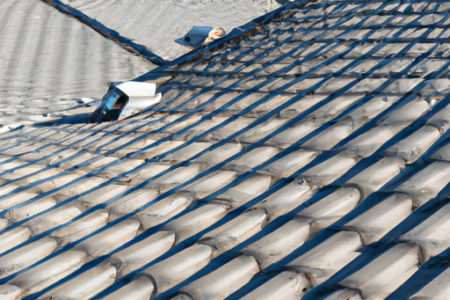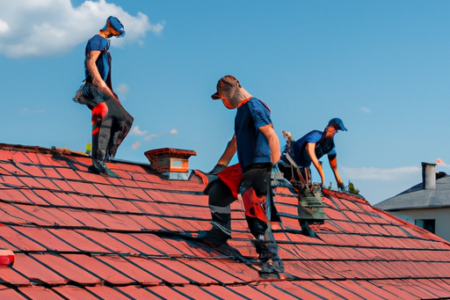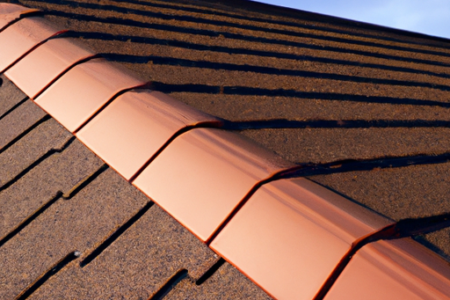shingles, at least twice a year and after severe weather events. Clear Debris: Regularly clear any debris such as leaves, branches, or dirt that may accumulate on the roof to prevent drainage issues and potential damage. Clean Gutters and Drains: Clogged gutters and drains can lead to water pooling on the roof, causing leaks and structural damage. Regularly clean and maintain gutters and drains to ensure proper water drainage. Trim Surrounding Trees: Overhanging branches can scrape or damage the roof during storms or strong winds. Trim any overgrown branches to prevent them from causing harm to the roof. By following these essential tips, businesses can ensure the longevity and efficiency of their commercial roofing, protecting their investment and creating a safe environment for all.


